Posted on April 13, 2015 10:51:00 PM
Benchmarking the farm productivity of provinces
0 0 Google +0 0
 |
FARM PRODUCTIVITY is a major factor of countryside development. High productivity, by and large, leads to high incomes and, in turn, investments.
Palay, corn, coconut and sugarcane are the main crops grown nationwide. They cover more than 90% of harvested areas. Other crops that follow are banana, mango and coffee. Tomato is taken in as an example of a common vegetable crop.
The results are very revealing.
First, the high productivity of the Ilocos provinces stands out. Are Ilocano farmers more resourceful and hardworking? Are their extension services better? Is there better local governance? Are farmers better organized?
Second, the high productivity of Central Luzon provinces is noteworthy. Is it due to better education and being near the Metro Manila market?

Third, there are two Davao provinces in the league with banana and coconut thrown in with palay and coffee. Export-driven banana and coconut grow well in the region.
Among the top high-yield provinces, four are in Ilocos, four in Central Luzon, two in Davao region, and one in Cagayan Valley.
The top high-yield provinces are: Ilocos Norte, Ilocos Sur, La Union, Pangasinan and Bulacan.
Tied at sixth and seventh are Pampanga and Nueva Ecija.
Tied at eighth to 11th spots are Isabela, Tarlac, Davao del Norte and Davao del Sur.
The 10 tail-enders are:
• Catanduanes
• Cebu
• Masbate
• Mountain Province
• Negros Oriental
• Basilan
• Marinduque
• Surigao del Norte
• Western Samar
• Biliran
The 11th is Southern Leyte.
What observations can we make of the simple analytics?
Farm productivity is the main responsibility of local government units (LGUs). Under the Local Government Code of 1991, the delivery of extension services to farmers and fisherfolk has been devolved to the LGUs. Applied research is also delivered by the LGUs.
Unless the capability of the LGU institutions are strengthened, farm productivity could stagnate.
ROLANDO T. DY is the Vice-Chair of the M.A.P. AgriBusiness and Countryside Development Committee, and the Executive Director of the Center for Food and AgriBusiness of the University of Asia & the Pacific.
[email protected]
http://map.org.ph
[email protected]
